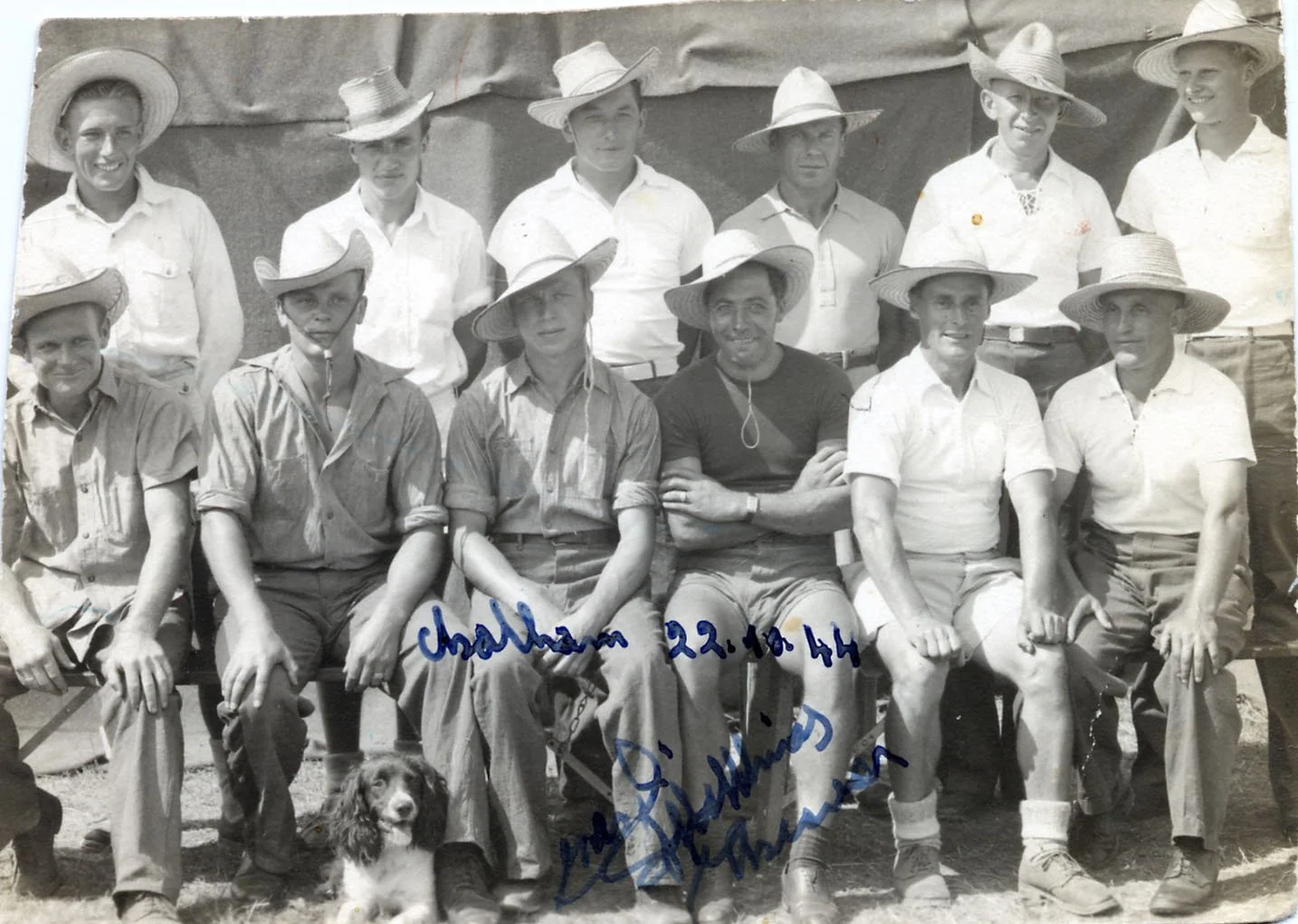Prisoners of War at the Cooksville Brickyard in Mississauga: Untied Endings
/We invite you to visit Heritage Mississauga’s office at The Grange (1921 Dundas Street West) to view the exhibit and marvel at our collection of ships in bottles, unique works of art created by the German Merchant Marine POWs at the Cooksville brickyard, and to help us explore and document the stories connected to them. We know of some of these stories thanks to the research undertaken by Zoe Arruda through the University of Toronto Mississauga Historical Studies Internship Program. The exhibit will be on display until mid-September, for only a few more weeks. This article is a continuation of the ongoing series focusing on the lives of some of the POWs while they were in Canada.
Between 1944 until 1947, more than 200 Prisoners of War (POWs) worked at the Cooksville Brickyard in Mississauga. While I have already written about some POW stories, such as escapees earning their Canadian citizenships, or mischief that led to the closing of the Cooksville camp, these sorts of feel-good or wholly conclusive endings were not always the case for other POWs. What about the POWs who lived here, left, and the project went on anyways?
For many of the Cooksville POWs in historical records, these stories revolve around escape. The Cooksville Brickyard had very relaxed security, so the POWs could leave and return almost entirely freely as they wished. On top of that, there was a railroad close by, which broadened the horizons of successful escapees. It didn’t take very long for escape to become an issue— by November 1944, only three months after the first POWs had arrived, there had already been escape attempts.
Escapees often had different reasons for seeking freedom, and their success in evading capture ranged considerably. Some were never found to our knowledge, such as Otto Ernst Harnisch, who escaped in April 1945 at age forty. One year later, in April 1946, Kurt Barth and Werner Grenzdoerfer escaped together at ages twenty-two and twenty-three respectively. Barth was never discovered, but Grenzdoerfer was, pretending to be Polish while working at a farm near Waterloo to avoid returning to Germany. He was found several months later in December 1946, and consequently, was sent back to Camp 23, a bigger internment camp with stricter security at Monteith, for attempting to escape.
The case of Helmet Flegel is somewhat unique in that he successfully escaped, but turned himself in, though not for a chance at Canadian citizenship. Flegel escaped Cooksville in April 1946. He first worked briefly in Toronto, and then fled further North and worked in the bush until August 1946, only four months later, to surrender himself at the R.C.M.P headquarters. His explanation? “I’m tired of working.” After his return, the police turned him over to the military to escort him to an internment camp.
This sentiment was shared by a few other POWs, such as Walter Jansen & Rudolf Wiechert. The two men were returned to Camp 23 in May 1945 after repeated reports of absenting from work and loafing, talking to other men while on the clock, and preventing others from doing their job. Perhaps they were friends.
Sometimes, the hard work at the Brickyard led to injury. One POW, Grego Julian, was admitted to Chorley Park hospital in January 1946 after a steam shovel crushed his foot while working in a shale pit.
While not at work, some POWs had a lively social life within the communities of the Greater Toronto Area, but not every story had a happy ending. Heinz Behrendt met Rose Nakita, a Ukrainian woman, in 1945 at the Palais Royal in Sunnyside Toronto. They exchanged photographs, attended dances together often, and he frequently visited her at her apartment in Toronto. Unfortunately, Behrendt was discovered during one of these visits in December 1945. He returned to Camp 23 one month later, and it is unknown whether Behrendt and Nakita were ever in contact with one another after this incident.
The lives of the POWs in Cooksville varied greatly, just as our own lives do now. They sought freedom, friendships, romance, and ultimately, to find a place for themselves while they were overseas and away from home.












